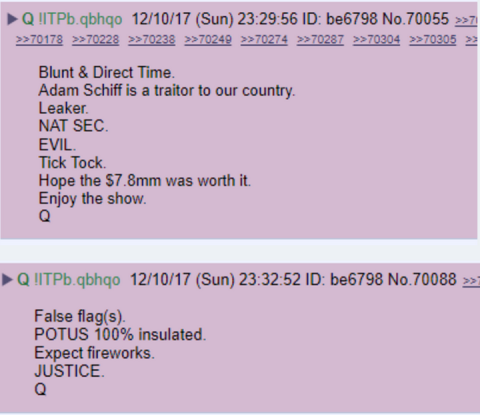The making of the QAnon conspiracy cult

Over the past year, awareness of the far-right collection of baseless conspiracy theories known as QAnon has grown dramatically in the United States. According to new data from the Pew Research Center, in March, only 23 percent of adults in the US had heard anything about QAnon. By September, that number had jumped to 47 percent.
The basic tenets of QAnon are these: a group of military leaders recruited Donald Trump to run for president in 2016 with the specific goal of having him combat a ring of liberal, Satan-worshiping sex traffickers and their stronghold over global media and politics. Adherents analyze Trump’s tweets and public appearances, looking for hidden messages in his clothing, movements, and word choice that affirm QAnon’s predictions and claims.
QAnon’s name comes from an anonymous message board account, allegedly belonging to a high-ranking intelligence officer, with the username Q Clearance Patriot, or Q for short. Since 2017, Q has been posting cryptic clues about this secret liberal cabal. These bread crumbs or “Q drops” regularly include Bible verses or other religious language—which might be one reason QAnon has found such a comfortable home among White evangelicals, who are some of its most conspicuous supporters.





